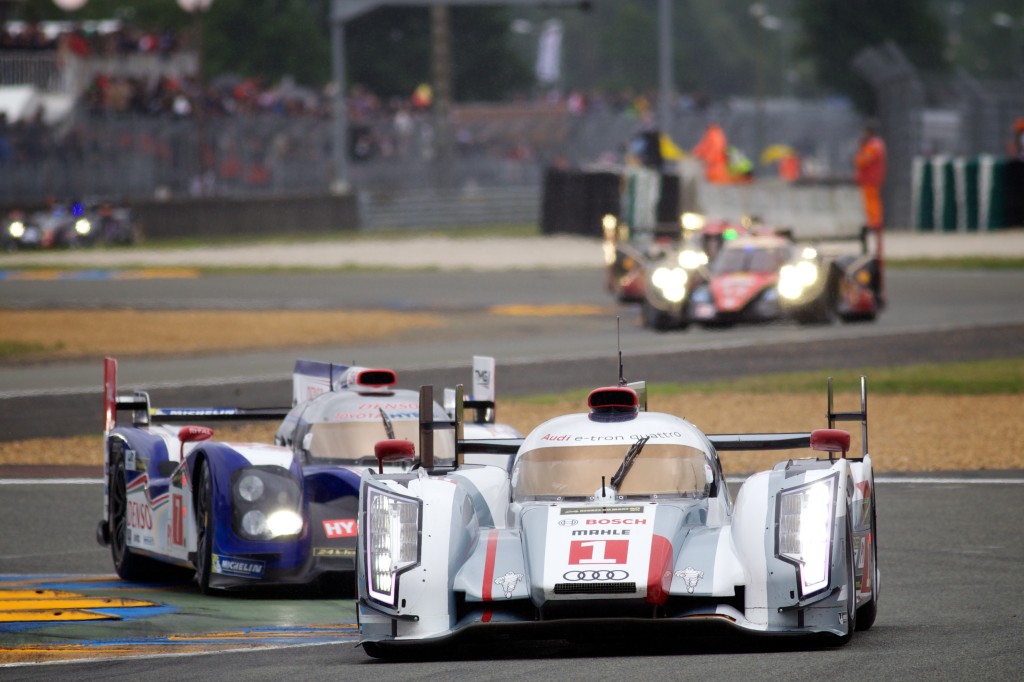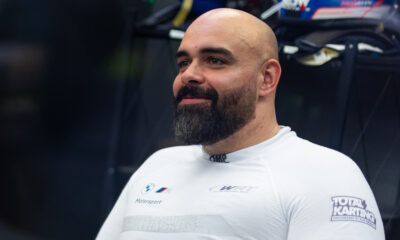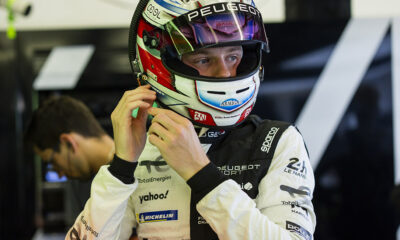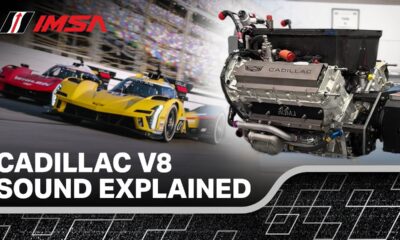
Photo: John Dagys
As the FIA World Endurance Championship heads to Circuit of the Americas, for the one-and-only stop on U.S. soil this year, series boss Gerard Neveu has remained upbeat over the long-term future of the globe-trotting sports car series.
In its second year, the WEC has seen moderate growth for 2013. Sunday’s round on the 3.4-mile, 20-turn Hermann Tilke-designed F1 circuit will see a 28-car field, the same number that took part in the Six Hours of Sao Paulo earlier this month. But according to the series CEO, the car count remains within their target, despite a recent drop off in LMP1 entries.
“As we said from the beginning, we have a four year plan,” Neveu said. “We said that in 2015, we’d stop at the end of the season and take a picture to see where we are. Now we are in the second year and we are on [schedule]. We also know this is the worst year because we have a transition year for LMP1. But at this moment, I would say that all of the lights are green.
The 2013 season has seen the arrival of Porsche in the GTE-Pro category, with a factory two-car 911 RSR program, along with an increased effort from Aston Martin Racing, which joins the Ferrari-supported AF Corse squad in the production-based ranks.
While the privateer-driven LMP2 and GTE-Am classes have seen an encouraging level of involvement, LMP1 has dipped down to a four-car entry for this weekend, including just a single Toyota TS030 Hybrid and a solo privateer prototype for Rebellion Racing. Toyota, however, announced this week they’ll return to a two-car squad for the next round at Fuji.
Neveu is hopeful that next year’s LMP1 regulations, which will embrace a new system of energy allocation, will attract additional top-tier prototypes. It’s known Porsche will face off against Audi and Toyota in the factory ranks, but only a single privateer team, Rebellion, with its new R-One prototypes, have committed thus far.
“For the private teams coming into LMP1 with the new regulations, it makes sense because they’ll have the opportunity to be competitive in performance [to the factory LMP1 cars], which is not the case right now,” Neveu said. “Nevertheless, to fight and to be very competitive in LMP1, it would mean to have a good agreement with a manufacturer to provide the engine.”
One of the big questions still remains with privateer powerplant options. Toyota will continue to supply Rebellion with an evolution of its 3.4-liter V8 engine, while HPD will offer a V6 turbo, derived from its IndyCar engine, for P1 teams next year. It’s understood that Judd and AER are also developing customer options.
On the chassis front, construction of OAK Racing’s OnRoak Automotive-built prototype continues, but a formal program has yet to be announced. Wirth Research’s proposed LMP1 concept has yet to get off the ground, as well as the proposed designs from Perrin, ADESS and Dome, the latter two which have recently focused efforts on building P2 cars instead.
“I understand there are many discussions,” Neveu said of the LMP1 Privateer class. “We’ll see during the winter if it will touch the goal or not. There are many projects, but not all projects will probably have success from the first year. We’ll see what’s happening. We can be optimistic because the condition to have a private team in LMP1 will definitely be better next year.”
Neveu is hopeful of having between 18-20 full-season prototype entries next year, between LMP1, LMP1 Privateer and LMP2 cars combined, plus more than a dozen GTE-spec machines. He said the maximum entry for the championship would be between 32-34 cars due to logistics and the number of allocated automatic entries for Le Mans.
“Next year is real interesting because we know we’ll have more LMP1 cars,” he said. “We’ll probably keep the same level of LMP2 cars because it works very well. In GT, we have a lot of interest, so it looks very interesting. We’ve had discussions with a lot of different manufacturers and we’ve been engaged with a lot of private teams and there’s a lot of interest from this side.”






















